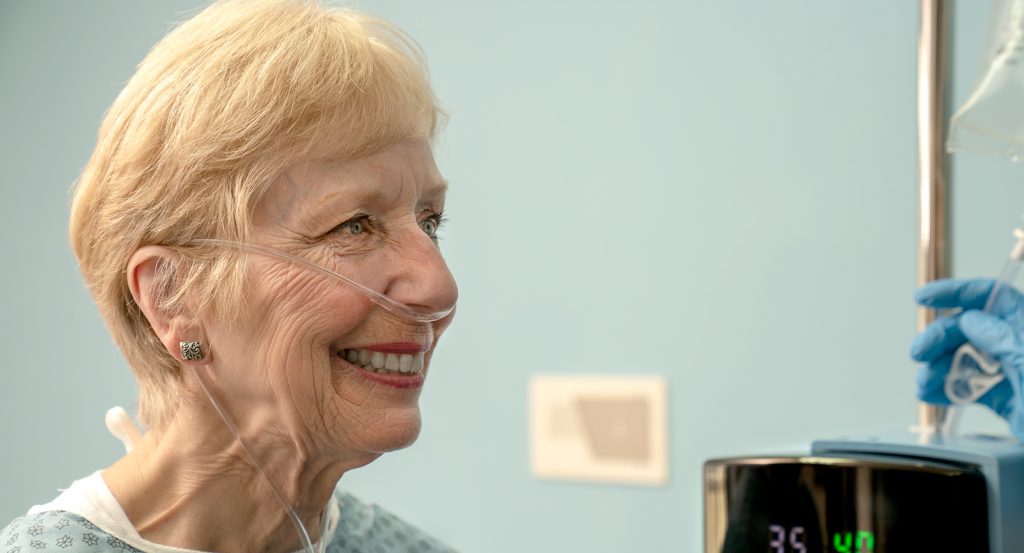Why the Shift from Pressure Ulcer to Pressure Injury?

By Jeanne Pettinichi, MSN, RN, CPN, CPEN
Vapotherm Clinical Nurse Educator

The views and ideas presented in this blog article are solely those of the author, and the content is not intended to serve as medical advice. Vapotherm does not practice medicine or provide medical services. Practitioners should refer to the full indications for use and operating instructions of any products referenced herein before prescribing them. Jeanne Pettinichi is an employee of Vapotherm.
If you, like me, started your clinical career decades ago, you probably heard the term “pressure ulcer” over and over again. But the term “pressure injury” has become much more prevalent now when discussing wound care and prevention. It even happened that recently, the National Pressure Ulcer Advisory Panel (NPUAP) officially changed their name to National Pressure Injury Advisory Panel (NPIAP).
The word “ulcer” connotes an open sore, while “injury” doesn’t have to. For example, if I have a patient who has a tightly strapped mask on his face and develops redness and swelling along the bridge of his nose, that is a pressure injury. The skin may not be broken at all. By calling these incidences “pressure injuries”, the language we use more accurately describes our patients’ reality.
At the end of the day though, a pressure injury is still a pressure injury, no matter what we call it. One of our biggest responsibilities is to prevent and effectively manage Hospital Acquired Pressure Injuries (HAPIs) as much as possible without compromising patient treatment. To quote the Health Research & Educational Trust: “Interventions that can help prevent or quickly treat pressure injuries can reduce the costs of HAPI care and improve quality of life for those affected.”1
Prevention Strategies
I’ve written in depth about some of the ways you can minimize Hospital Acquired Pressure Injuries from noninvasive positive pressure ventilation (NiPPV) interfaces. One of the reasons I focus on NiPPV masks is because they are one of the most common medical devices that lead to pressure injuries.2 Depending on the study, pressure injuries from NiPPV interfaces occur in 5-30% of patients treated with the device.2 Some research even shows a frequency of up to 50%.2 In my experience though, best practices of prevention are universal and include the following:
- Educate nursing and non-nursing staff about pressure injury prevention and management3
- Standardize skin-care practice and documentation
- Use valid and reliable risk assessment tools appropriate for your patient population4
- Whenever applicable, ensure the proper sizing and fit of the medical device for the individual patient
- Whenever applicable, use appropriate skin care products, such as prophylactic dressings
- Monitor and reassess patients
When Possible, Choose Medical Devices Less Prone to Causing Pressure Injuries
My final comment on prevention strategies may seem obvious, but whenever possible, you should choose a medical device that has been demonstrated to be less likely to result in pressure injuries without compromising patient treatment. This of course is not always feasible, but in the case of NiPPV masks, studies have shown that nasal cannula interfaces are less likely to cause pressure injuries.5,6 Arguably, Mask-Free NIV™ would be an attractive alternative to consider here, as it uses a nasal cannula interface and has been shown to have equivalent outcomes to NiPPV in spontaneously breathing patients, including hypercapnic patients.7,8
References